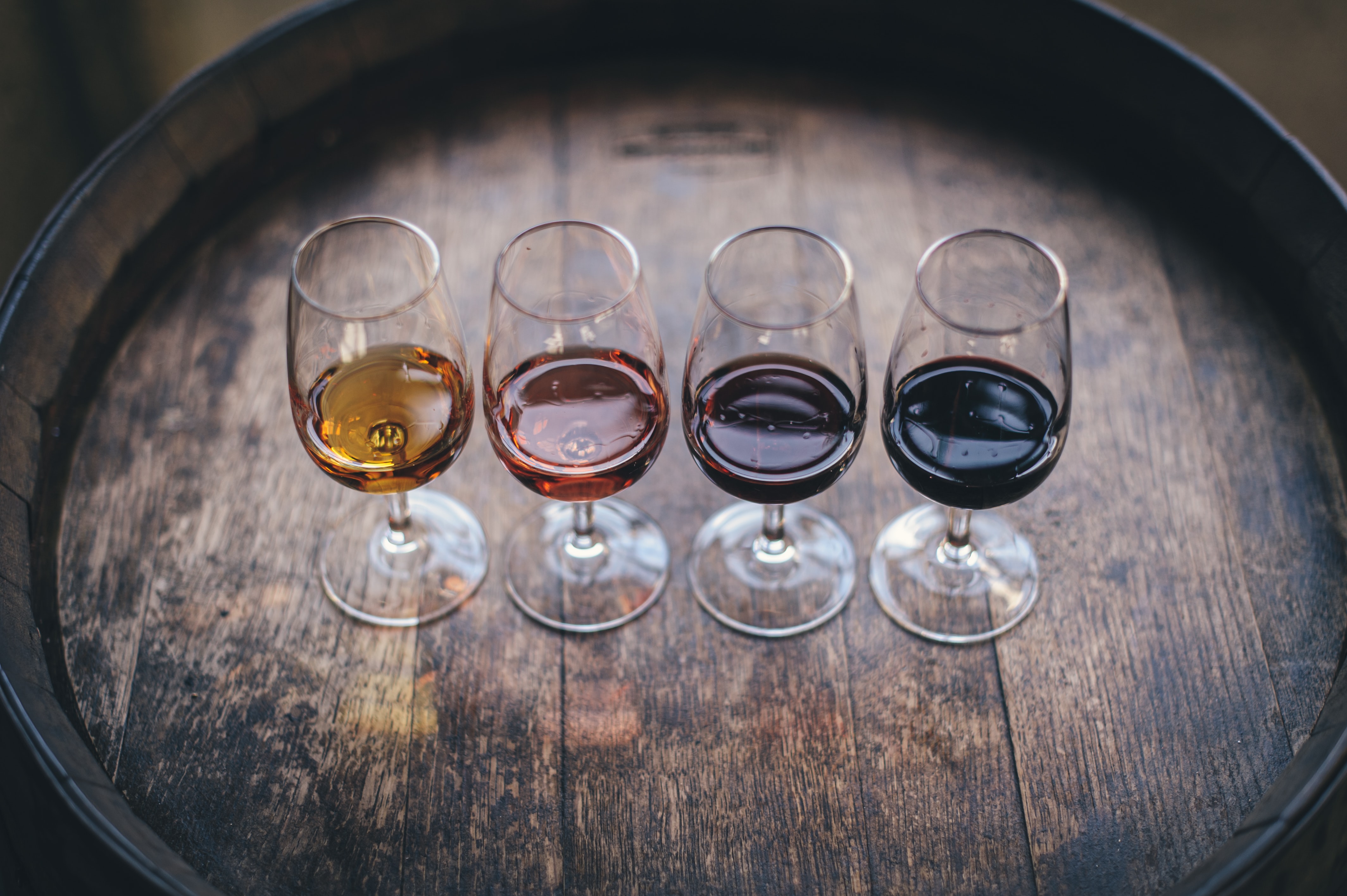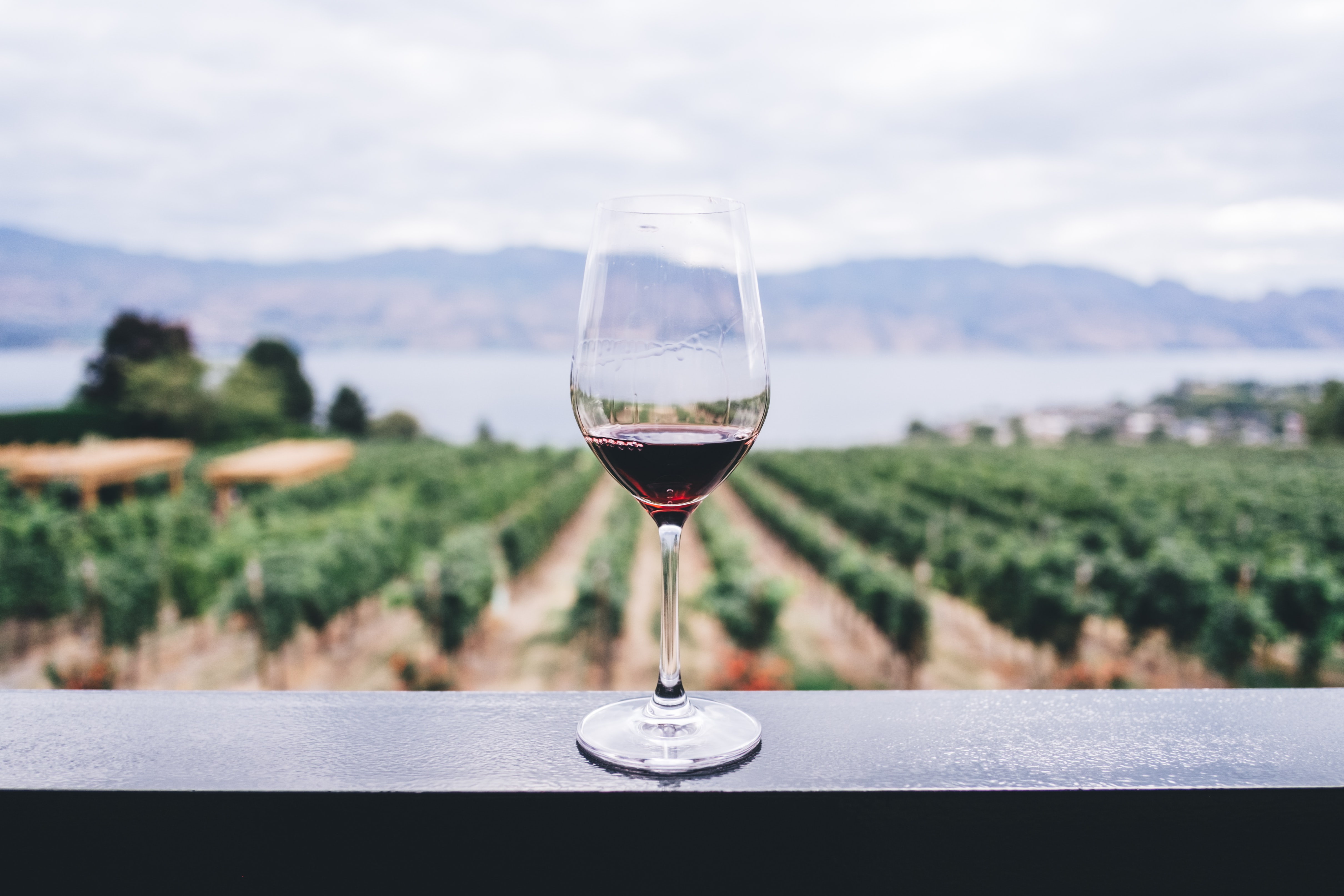No wonder one often finds it super complicated to make a choice in a supermarket. What is a table wine?
Which sort of beverage to choose? What food will this table wine be suitable for? Why do these two costs so differently?!
Sounds similar? If yes, then you are at the very right place dear friends, since today we will provide everyone with a complete yet rather brief guide about table wines and everything that comes with this very interesting and actual topic!
What Is a Table Wine?
What is table wine? In general, it is a beverage that is made of grapes with a maximum amount of alcohol equal to 14%.
However, take into consideration that red wine alcohol content is always higher even with table wines!
Basically, when talking about table wine, we mean the inexpensive beverage we place on the table on a daily basis to drink with any food (whether it is pizza or chicken), munchies, snacks, or with none of those at all.
Nevertheless, table wine definition may vary depending upon what country one lives in. For instance, in the United States, such a category of beverages will be slightly different compared to Europe.
Also, this category of wines includes both red and white ones.

Another feature people also get confused with is that “table” word meaning in the name of the drink. But the truth is that it is quite simply explained: see, since this category of drinks include those that we use daily to serve at the dinner table (meaning they are not some super fancy wines that only appear on special occasions), it started the tradition of calling them table wines.
And if you happen to see weird words like “vin”/”vino” on the bottle, don’t get scared away. Those have a very down-to-earth explanation: the “vin” meaning, the same as the “vino” definition, tells that the content of the bottle is wine. Yep, that simple!
Nowadays there is such a great variety of wines from all over the world available, that it is even possible to purchase wine in Vietnam or any other Asian or European country online.
So as you can see, table wine is a rather vague definition since any wine can be served with foods, and as for its price, different people understand the term “cheap” differently. This is why, perhaps, this word is rarely used in our everyday life except for some wine tasting events where it can pop up now and then.
The USA And Europe Table Wine Differences?
Since we mentioned that table wine has not quite the same meaning in the US and Europe, let’s make it clearer.
- The American definition of this term is pretty clear and simple. In the US, table wine is a beverage that is lower in alcohol (it must never exceed 14% ABV) and has a moderate quality. This is a drink that is delicious, with a light taste and aroma, but yet it may lack that complexity of really expensive and old wines.
Thus it is good enough and allows everyone to enjoy the meal without getting too boozy. Also, such a wine is affordable which means one can easily order more than one bottle per person and that won’t cost a fortune.
- As for Europe, a table wine definition is somewhat more complex there following more specific labeling regulations.
For Europeans, when it comes to wines, everything matters here, from the area where the beverage was produced to the winemaking techniques. So if you notice such stamps as PDO or PGI on wine bottles in Europe, those will most likely be fine beverages.
However, table wine will always lack that mark on it! It doesn’t mean the drink is of worse quality or something, but this is how things are overseas.

So basically, it is all your choice whether to purchase a bottle of fancy “approved” wine or take a cheaper but the same delicious beverage. Just don’t let the stereotypes rule over you!
What to Drink Table Wine With?
The good thing about table wines is that they can actually be paired with any foods from pizza to delicious and savory meals like poultry or fish. They will taste awesome even with crackers!
However, consumers keep on wondering about any possible rules that can make a perfect food-and-drink match. So we prepared a basic guideline for those who are also craving more information. So how to define what wine is best for each type of dish?
- Pinot Noir, just like other table reds, goes well with earthy flavors. So serve it if your dishes have mushrooms or truffles, or other ingredients of that kind. The savory depth of red table wine will highlight the taste of the food perfectly.
- Whites like Chardonnay will pair ideally with fish and seafood that is fatty or is served with a rich sauce.
- Cabernet Sauvignon will taste just fabulous with a piece of juicy red meat! Steaks, lamb chops – it doesn’t matter, these wines will refresh the palate after each bite.
- Merlot is a universal wine because it will pair great with meats, poultry, pasta, mushrooms, berries and fruit, and cheese (especially blue cheese and Cheddar).
- Sweet Muscat will suit spicy foods best of all, as well as with chocolate, dry fruits, nuts, and both hard and soft cheese.
- Port is the optimal pick for all the nutty yummies like pecan pie, almond biscotti, or caramel cheesecake.

If you are curious about the difference between red and white wine in terms of pairing each with foods, reds usually fit savory meaty dishes with bold flavor better (e.g. red meat). Whites, on the contrary, will fit fish or chicken much better. Reds to reds, whites to whites, quite easy to remember.
Table Wine Categories
Since the table wine category includes both whites and reds and is presented by multiple distinct sorts of beverages, it makes sense to figure out what we are actually dealing with. Like that, we will be able to make a better choice relying on our taste and preferences.
- Dry wine
Dry wine’s meaning is simple: it’s the beverage whose all sugar was converted into alcohol. Among the table wines, one can consider Cabernet Sauvignon to belong to that category. What’s that sauvignon meaning, you may ask? Well, they say it comes from the French word “savage” meaning wild and refers to the name of the grape this wine was produced from.
Also, Chardonnay, Pinot Noir, Merlot, Bordeaux, and Burgundies are also dry ones.
- Sweet table wines
This category includes Pinot Noir and Merlot since they are one of the sweetest among table wines. But in general, these sorts belong to the semi-sweet rank if compared to more sugary Port or Lambrusco.
- Still wine
As it’s clear from the name, still wine has no carbon dioxide in it. In normal words, it is not bubbly, sparkling, or fizzy. Its alcohol content is also not high, somewhere between 8 and 15 percent.
- Unfortified wine
This type of wine contains less than 16% alcohol and can be made by fermentation either from grapes or from berries, fruits, rice (like sake), or even honey! Basically, all table wines are unfortified.
To better understand the differences between wines, check out the comparative chart below.
[table id=119 /]
What’s the best wine? Well, it all hangs upon your personal preferences and taste, of course.
However, we would encourage everyone to buy quality wine not only in terms of its, well, quality, but also to be sure that you are consuming a really good product.
[wp-faq-schema title=”Frequently Asked Questions”]

What is a decent priced red table wine? I’m not a pro at all, but I’d not like to pay too much for something that’s not worth it. Please, any ideas?
I guess any 15-20 dollars bottle will be fairly good to taste. But of course, it depends on what’s decent for you! For some, a 15 bucks bottle is a maximum, and for others, a 30$ one is cheap.
I need to organize a small family-style wine tasting, but I have no idea how it’s done! What is needed on a table for wine-tasting?
Well, you need wine (4-6 types of a common theme), glasses, snacks (cheese or fruits, depending on the wine sort), water crackers, paper napkins, wine openers, water, and well, decanter maybe if you have bold reds.
What is the value of a wine barrel table? I want to buy one for home but I’m not sure the prices I see are reasonable (600$ up).
Hey! Well, it depends on the wood it’s made of, the age, etc. I guess. If you want something cheap, opt for 400$ or so if the wood is American.
Perhaps my question will sound silly but still. What is the container for on a table at a wine tasting? Don’t laugh! I’m really curious!
I’m not sure but I guess those might be for spitting wine!
Help me to choose! What is a good white table wine?
My choice is Chardonnay and Sauvignon. I’m sure you won’t regret it.
I was recently offered to buy a bottle of Paisano wine. But what
is the quality of paisano table wine? Did anyone try it?
I like it! It goes with literally anything and has a very light and pleasant taste.